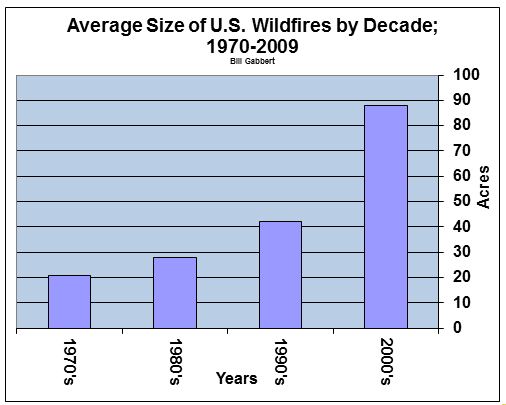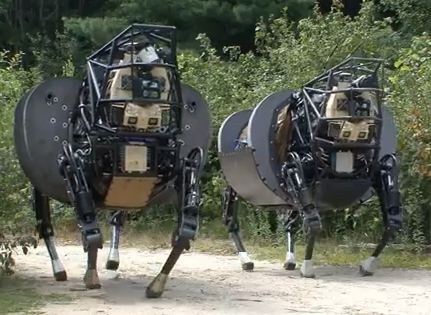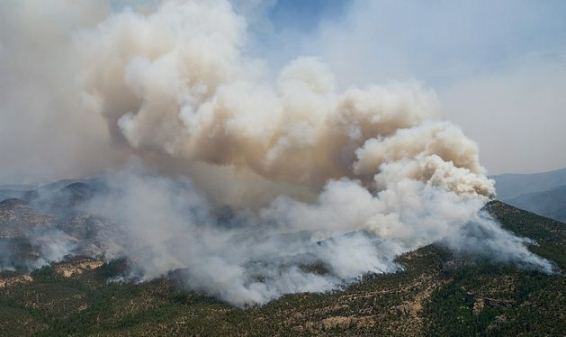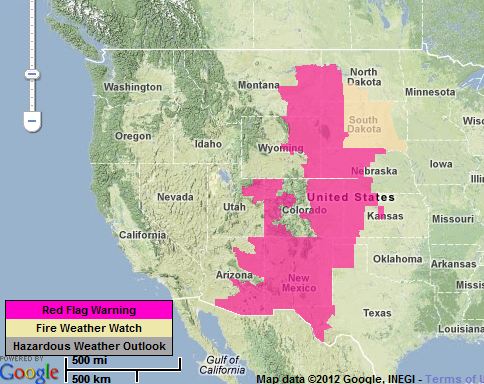Firefighters discover dog fighting operation
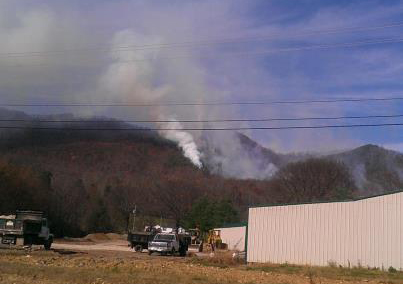
Firefighters working to put out a wildfire near Rogersville, Tennessee had to suspend their suppression operations after they discovered a facility threatened by the fire that housed dogs and roosters used for dog and cock fighting. Firefighters rescued about 40 of the animals. Here is an excerpt from an article in the Times News:
Hawkins County Sheriff Ronnie Lawson told the Times-News Sunday the suspected operation is now the subject of a criminal investigation, and although no arrests had been made he hoped to be able to release more information about that on Monday.
Murrell added, “It put a damper on the firefighting efforts last (Saturday) night because everybody had to pull off until we found out what it was. Then it took most available law enforcement and fire (personnel) to try to get all the dogs out.”
As of Sunday night the fire, which started on Thursday, had burned about 1,800 acres.
Petition to hire the DC-10 air tankers
The managers of the Facebook page for the DC-10 air tankers have organized a petition drive designed to convince the US Forest Service to award a long-term contract for the DC-10s. More information is at our Fire Aviation web site.
Coal seam fire burns 1,000 acres
A wildfire that started from a mostly underground fire in a coal seam has burned 1,000 acres of land in Boone County, West Virginia. Firefighters are suppressing the fire using leaf blowers, rakes, and dozers. Trees that were down as a result of a summer wind storm and then Hurricane Sandy have added fuel to the fire and complicated access to the area. We have reported on numerous other coal seam fires over the years.
Pole Creek Fire affected the economy of Sisters, Oregon
Some wildfires may enhance the economy of a rural area by spending money at local businesses. But too often tourists stay away in droves or in the case of the Pole Creek Fire near Sisters, Oregon, population 2,000, the dense smoke in the community forced some residents to temporarily leave the area. An article in a Firewise publication reported that even though 800 firefighters were housed at an incident base a few miles down the road, in September restaurants had their revenue decrease by 40 to 50 percent. Stores saw less business and motels experienced reservation cancellations up to five weeks out.
In September we reported on a study about the economic effects of large wildfires which showed that on average, the US Forest Service spent six percent of wildfire suppression funding in the county where the fires occurred. Amounts of local spending varied from zero to 25 percent.
The Pole Cree Fire started from lightning on September 9 and burned 26,795 acres before it was contained October 20.
Fire management decisions affect local communities
When land management agencies make decisions about using less than aggressive initial attack strategies, attempt to manage fires “on the cheap”, or allow a fire to burn naturally for weeks or months, they may not accurately realize the long term economic and health effects those decisions can have on the local population. These may or may not have been issues in the management of the Pole Creek Fire, but they are too often mentioned as factors that have crept into fire management over the last decade.
World Bank says temperatures may rise 7.2 degrees
The World Bank reported that the planet may see temperatures rise by 4 degrees Celsius, or about 7.2 degrees Fahrenheit by 2100, resulting in more wildfires, extreme heat waves, a decline in food supplies and a ‘life-threatening’ rise in sea level.
Thanks go out to Dick


